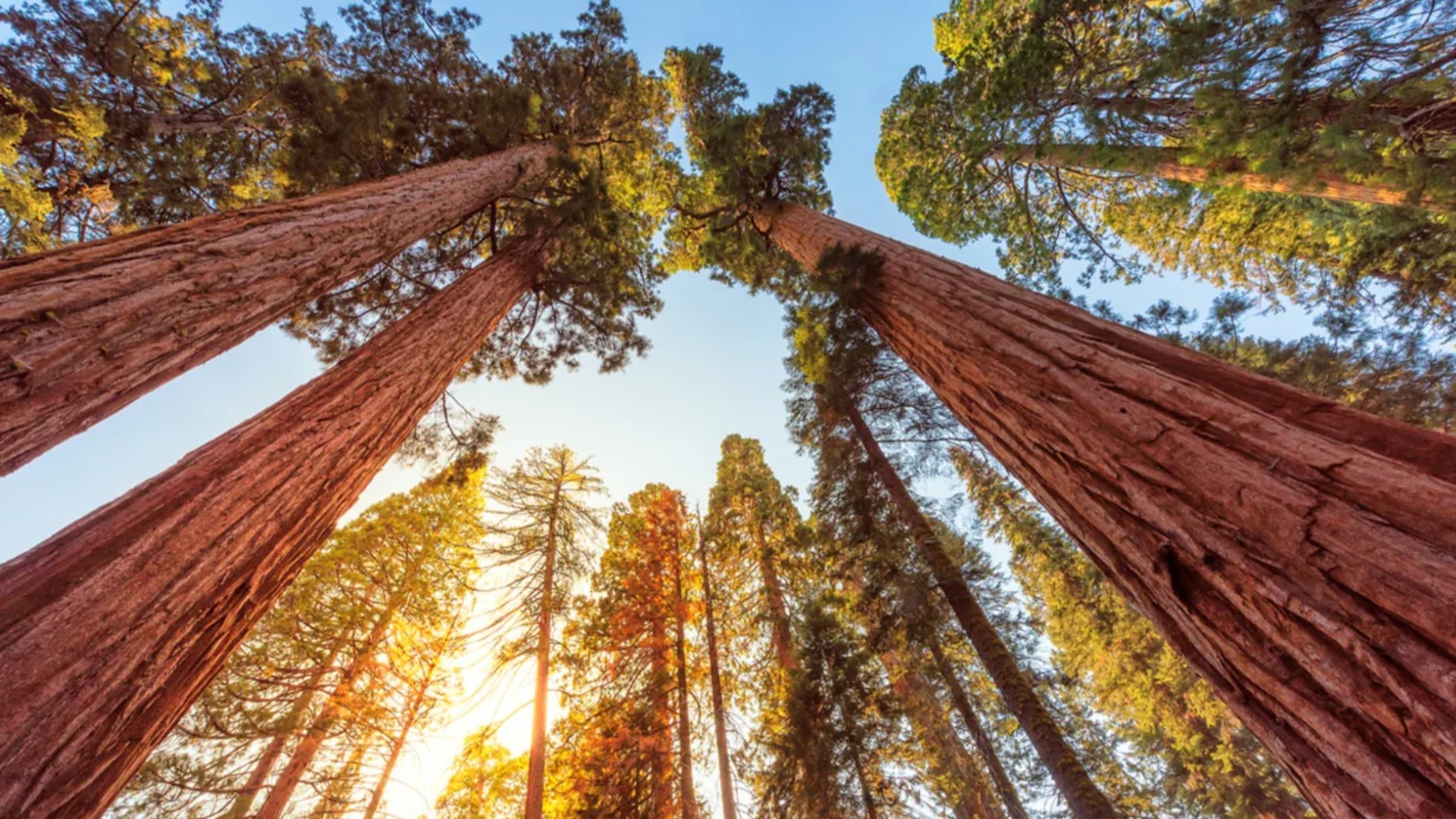In California’s Sequoia National Park, firefighters have wrapped aluminum blankets around giant sequoia trees to protect them from wildfires.
The world-famous National Park is home to an ancient grove of over 2,000 Giant Sequoia trees. Park officials were worried that the Paradise and Colony wildfires blazing through the national park for over a week could reach the grove.
The Sierran redwood or Giant Sequoia is endemic to California’s Sierra Nevada mountains. Their trunks can measure around 7-8 meters in diameter, and they can attain heights of up to 80 meters, making them the tallest trees in the world.
One of the biggest trees in the grove, nicknamed General Sherman, is about 83 meters tall and is estimated to be around 2,500 years old. ICUN’s Red List classifies the species as endangered.
Wrapped in an aluminum blanket, General Sherman. Credit: United States National Park Service
More than 300 firefighters have been mobilized to fight the fires in the colony and paradise forests. Fire-resistant aluminum foil has been wrapped around the bases of several sequoia trees, including General Sherman.
The decision comes after a wildfire burned through thousands of sequoias in 2020, killing some thousands of years old trees.
Sequoia trees have evolved to withstand forest fires, allowing them to live for thousands of years, and park officials are burning parts of the forest floor in a controlled manner to prevent wildfires from spreading.
Yet, officials say that the increasing number of fires has overwhelmed trees’ ability to resist them in recent years.
Aluminum blankets can withstand intense heat for a short period of time. According to the LA Times, United States Federal officials have used the material for similar purposes throughout the western part of the country for several years.
California has witnessed more than 7,400 fires this year, including these forest fires. Rising temperatures and extreme drought, exacerbated by climate change, have increased the frequency of the fires.
